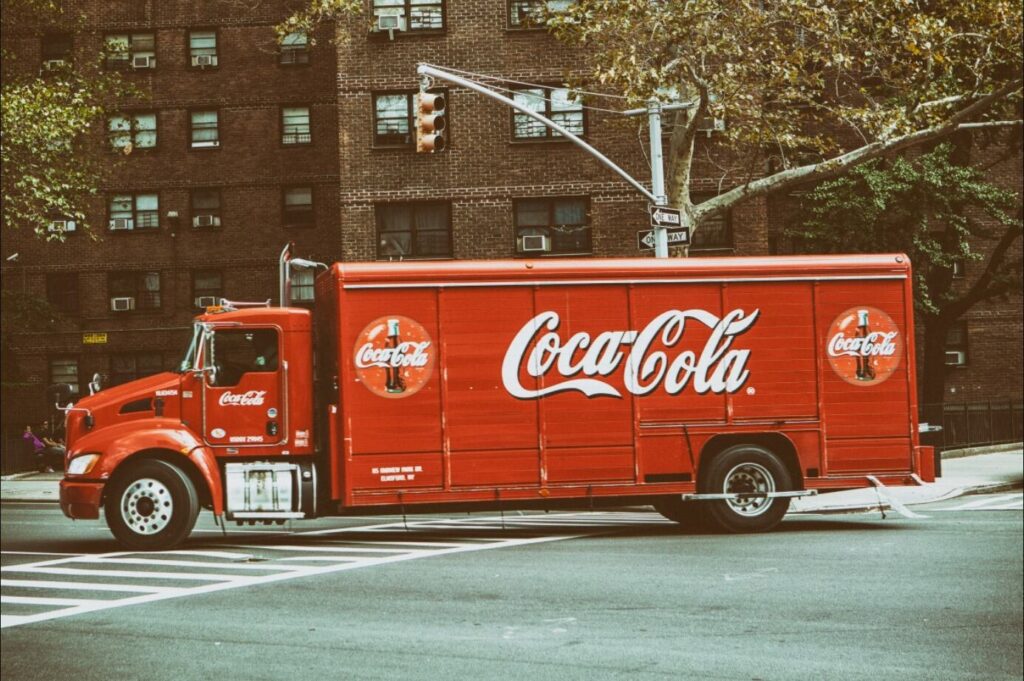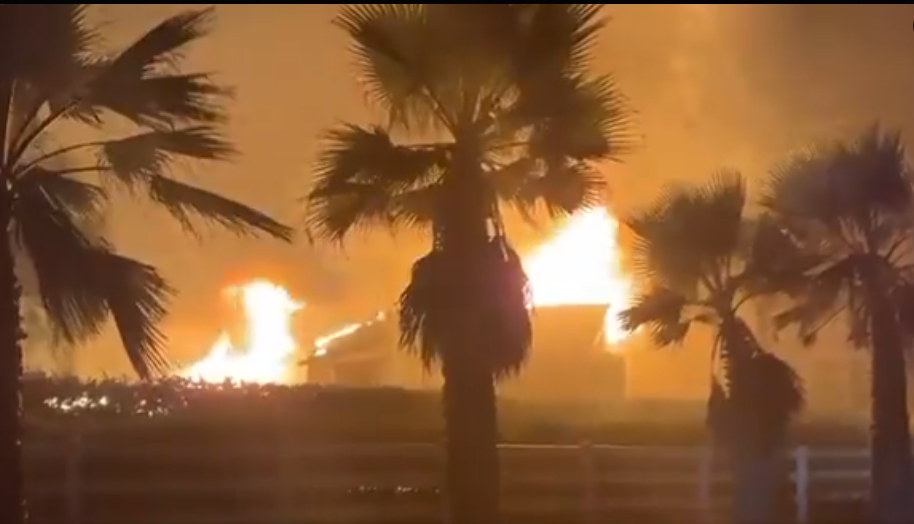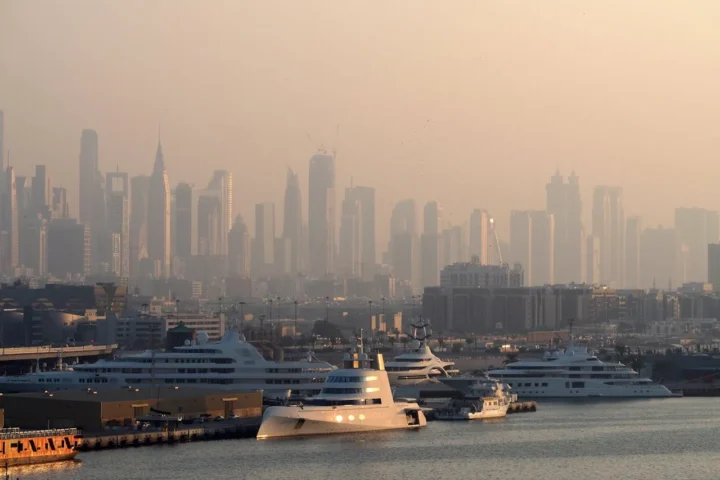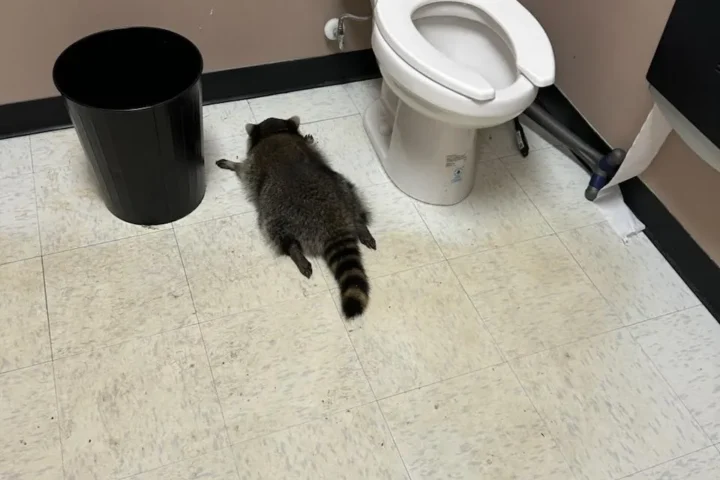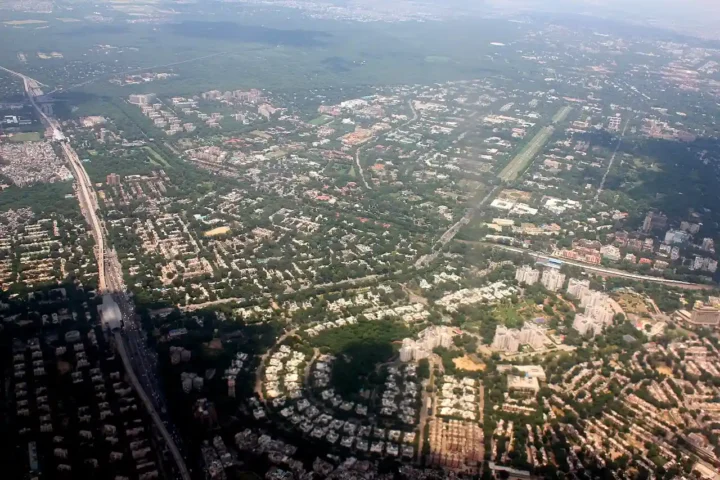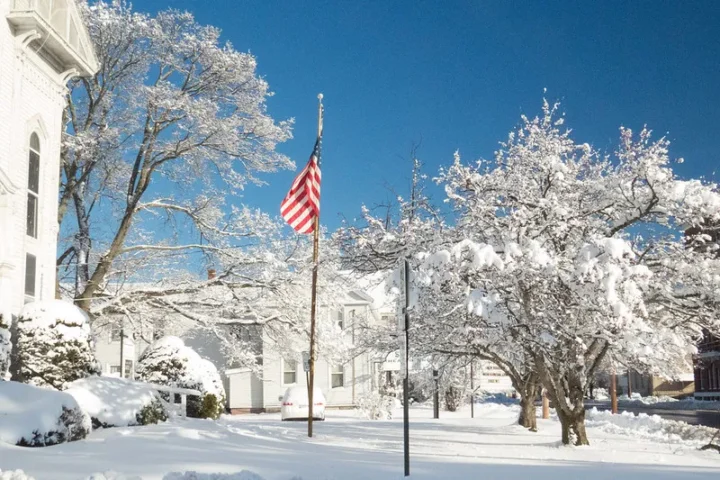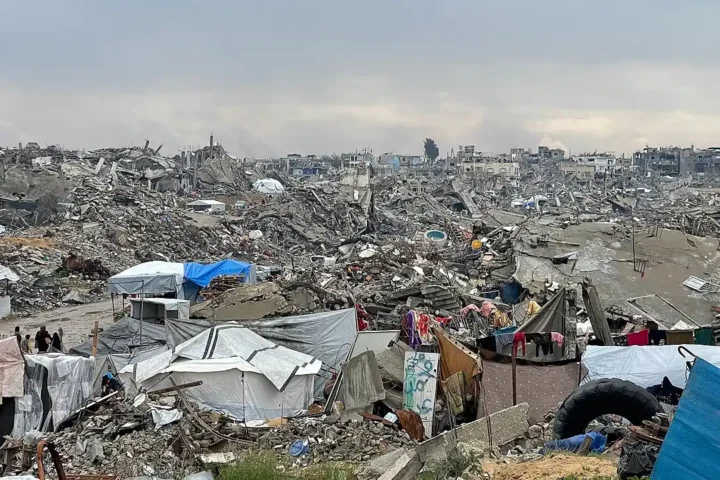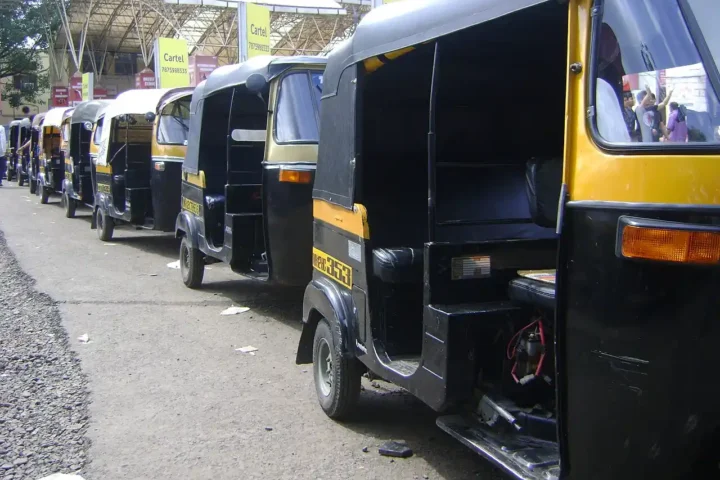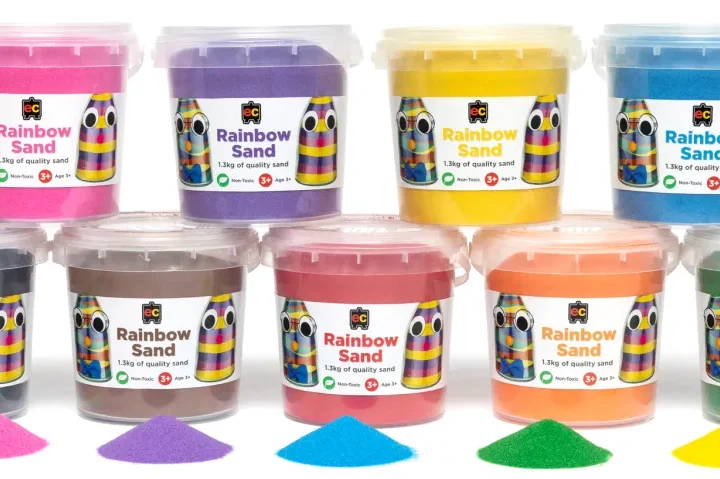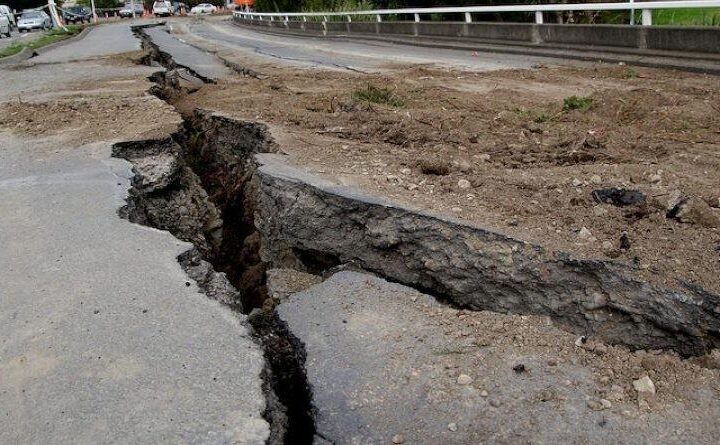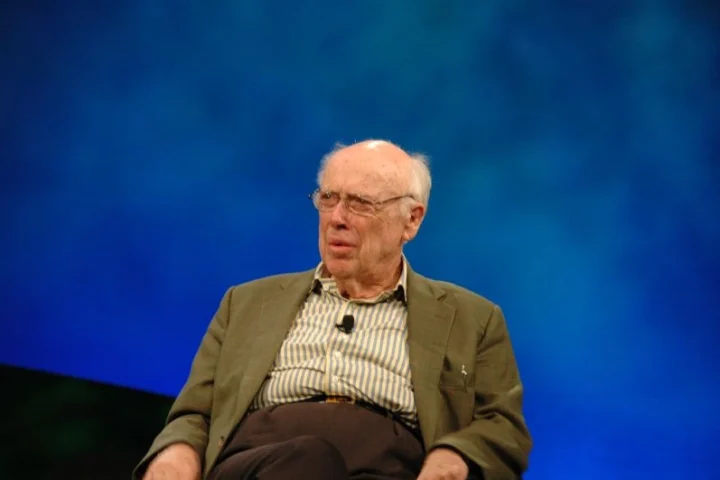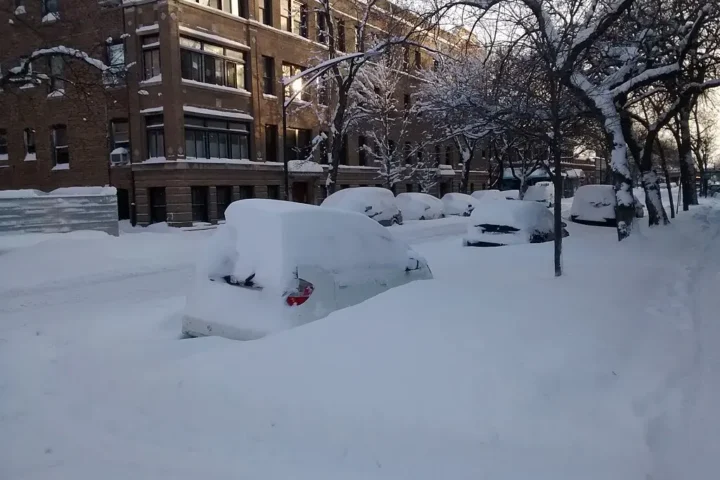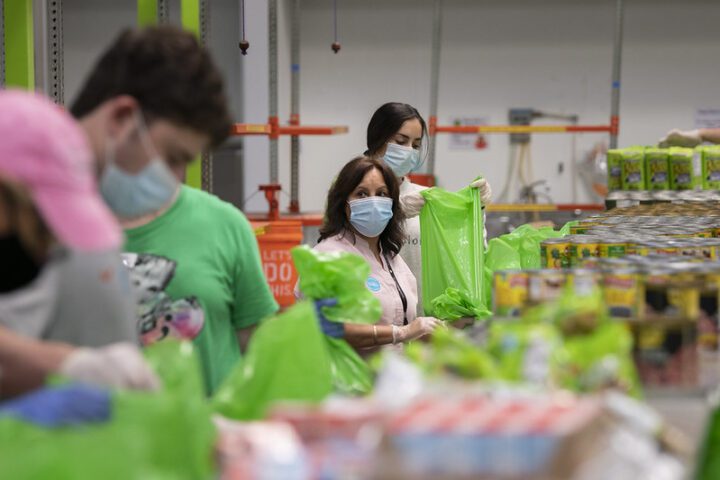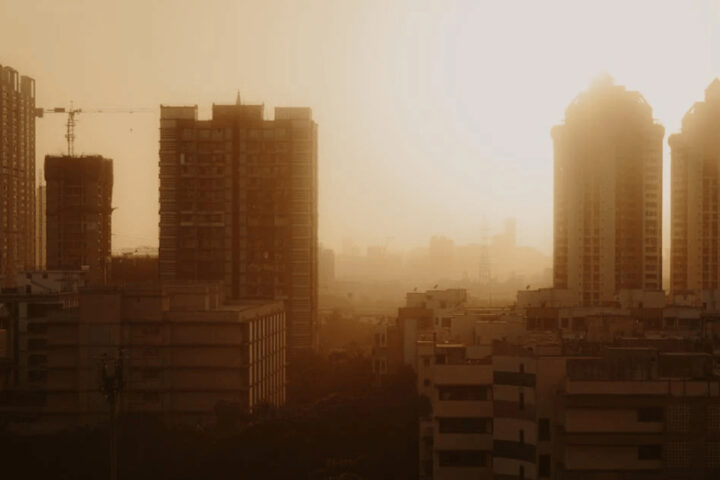Water molecules are getting scarce in the Big Apple! NYC just weathered its driest October since it started counting raindrops in 1869. A meager 0.01 inches of precipitation fell in Central Park—that’s about 250 water molecules deep, compared to the usual 4.4-inch October rain blanket.
“It was the driest October in over 150 years of records,” says DEP Commissioner Rohit Aggarwala, while probably eyeing the city’s thirsty reservoirs.
The City’s Aqua Anatomy
The concrete jungle in NYC runs on an amazing water ballet—7,000 miles of pipes performing a daily dance moving 1.1 billion gallons (imagine 1,667 Olympic swimming pools). Right now, those pipes are feeling extra pressure since the Catskill Aqueduct, one of our main water superhighways, is in the repair shop.
Fun fact: Every drop of NYC tap water travels through subterranean tunnels using just gravity—no pumps needed! That’s some sweet H2O engineering from our grandparents.
The Numbers That Make Water Wonks Worry
- Each dripping faucet wastes 3,000 gallons a year (that’s 48,000 cups of coffee!).
- An open-fire hydrant sprays 1,000 gallons per minute (enough to fill a kiddie pool in 20 seconds).
- Modern toilets sip 1.6 gallons per flush, while old-timers gulp 6 gallons.
Weather weirdness is making nearly half the country do the drought dance. One of the prime reasons is the disruption of the usual moisture conga line from the Gulf of Mexico, leaving the Northeast high and dry. Up in our northern reservoirs, October brought just 0.81 inches of rain—Mother Nature’s been pretty stingy with the watering can!
“Mother Nature is in charge, and so we must make sure we adjust,” Mayor Adams notes, activating the city’s drought watch—think of it as the first yellow light in the water traffic signal system.
Following are some cool conservation techniques used by the water wizards:
- Acoustic sensors that can hear leaks smaller than a whisper.
- Smart metres track water flow in real-time (they can spot a running toilet from their digital command center!).
- Pressure monitors maintain the perfect water pressure ballet across elevation zones.
- AI systems predicting where pipes might spring a leak before they do.
New Yorkers now remember droughts in the 1960s, which dried the reservoirs almost completely. Today the NYC is down to 115 gallons per person—proof that small changes add up to ocean-sized savings.
Chief of Staff Camille Joseph Varlack puts it perfectly: “Implementing voluntary water conservation measures now can help prevent the need for more stringent restrictions in the future.” Translation: Let’s save water now so we don’t have to panic later!
Similar Posts
Science Shows Us How Studies reveal some mind-splashing facts:
- Installing those fancy aerators cuts water flow by 30% but feels the same on your hands.
- Drought-resistant plants can cut outdoor water use by 50% (desert plants are the real MVPs!).
- Smart metres help folks cut water use by 15% just by showing real-time usage.
- Greywater systems can save 40% of potable water by reusing shower and sink water for toilets.
NYC’s water future can rely on testing some seriously cool tech:
- Blockchain for tracking water usage (crypto meets H2O!).
- Self-adjusting valves that optimize pressure like a DJ mixing tracks.
- Water quality sensors that test for contaminants 24/7.
- AI systems that predict water demand like a meteorologist predicts rain.

